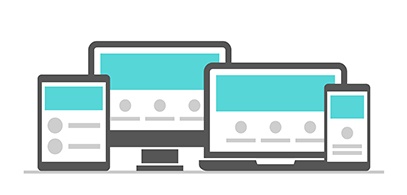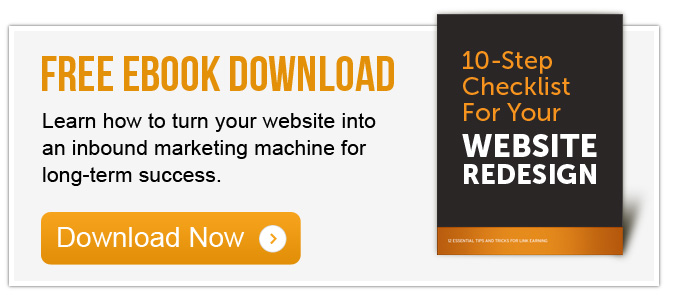 Is your website holding you back from capturing attention and sale conversions from prospective customers? Businesses are constantly challenged with providing the best online experience for visitors. This is the case not only in regard to becoming found, but also with respect to the functionality of your site.
Is your website holding you back from capturing attention and sale conversions from prospective customers? Businesses are constantly challenged with providing the best online experience for visitors. This is the case not only in regard to becoming found, but also with respect to the functionality of your site.
Research shows that the majority of consumers spend less than 15 seconds on a website’s home page – giving a business a very limited amount of time to help a visitor become interested and invested in your brand. While some businesses still use impractical or unattractive design elements, many brands (both B2C & B2B), are using inbound strategy and tactics to improve the functionality of their site and increase conversions. Whether you have one area that needs improvement, or are in need of an entire overhaul, here are a few of our favorite inbound-friendly design strategies and trends to help you provide a better experience for website visitors.
1. Scrolling
Keeping all important elements and calls to action “above the fold” isn't always the most critical factor - IF the information that requires the visitor to scroll is interesting enough to keep them reading. Particularly with the advent of mobile browsing, visitors are comfortable scrolling because it creates a better experience than clicking in and out of numerous pages to get to the information that they need. That said, asking a visitor to take an action or make a commitment before you’ve made the value of it clear to your prospect is likely to have a negative effect.
2. MicroInteractions
Even if the term “microinteraction” does not sound familiar to you, chances are you have had one in the last 24 hours. The small windows that pop up after you have spent some time reading a piece of content are microinteractions. Typically offering an email sign up or live chat help, these valuable conversion opportunities will continue to evolve from interruption to an integrated part of the site.
3. Smart Content
Smart content is intelligently personalized to your prospects’ needs. Using lists, cookies, or pre-set parameters such as referral sources, smart content will dynamically display material targeted to unique users. This practice has been proven to generate dramatically better results than delivering generic content.
4. Outside Help
As customers typically consume 11 pieces of content before making a buying decision, it’s important to consider if you have the time to keep producing enough material. Don’t feel guilty if you don’t. 39% of companies use outside help to create the huge volume of content that they need to stay competitive and satisfy their customers. Outside help can come in the form of guest writers or bloggers, freelancers, agency partnerships, and the curation of external content.
When you look at your website, what do you think is the perception a visitor or prospect would have? Considering 75% of people judge the credibility of a business based on the design of its website, utilizing the latest technology and design trends is critical.
What inbound friendly website design strategies and trends have you put into place to improve user experience?





